Differences Between HDPE, LDPE, and LLDPE: Key Considerations for Packaging and Digital Printing
When it comes to packaging materials, polyethylene is one of the most commonly used plastics due to its versatility, strength, and affordability. Polyethylene exists in several forms, with the most widely used being HDPE (High-Density Polyethylene), LDPE (Low-Density Polyethylene), and LLDPE (Linear Low-Density Polyethylene). Each of these materials has unique properties that make them suited for different applications, particularly in the packaging industry. In this article, we will explore the differences between these three types of polyethylene, their suitability for various packaging needs, and the role of digital printing technology in enhancing packaging performance and branding.
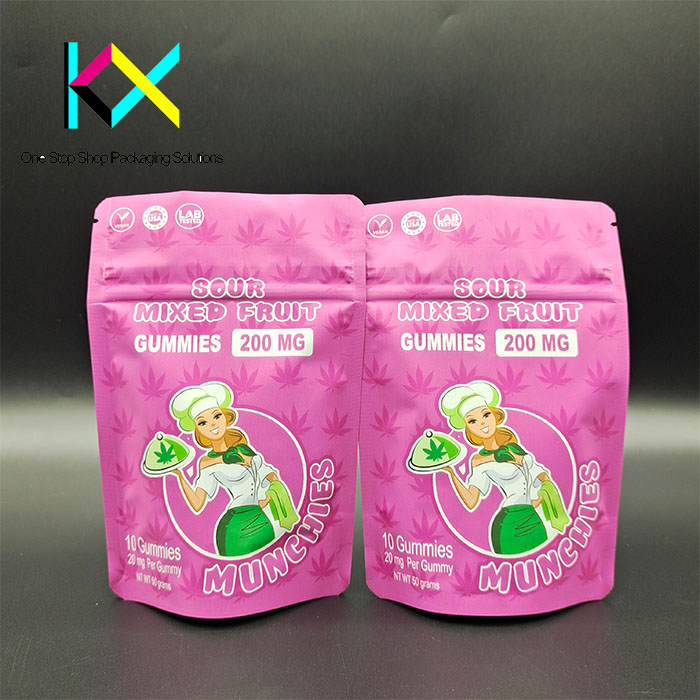
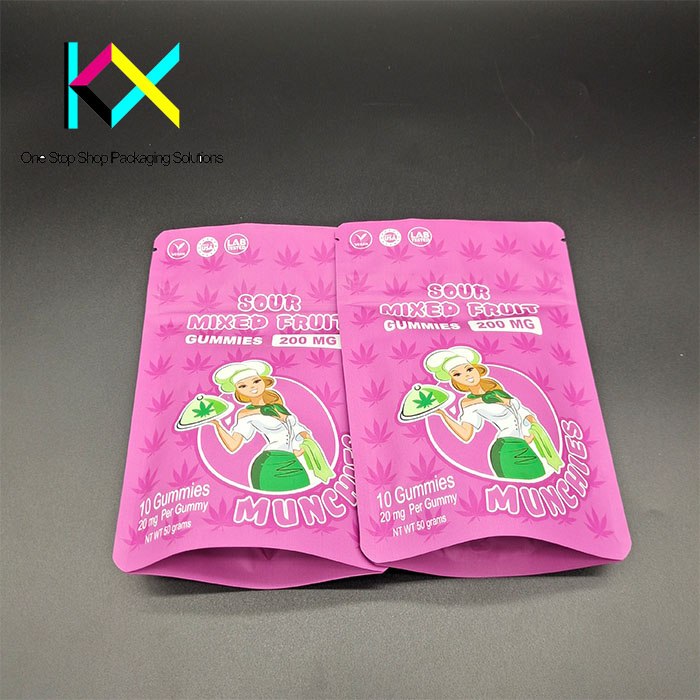
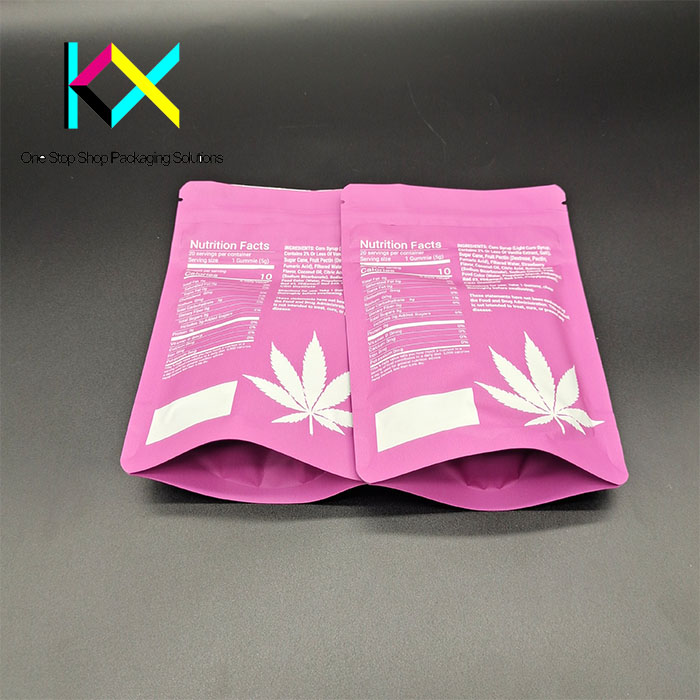
1. HDPE (High-Density Polyethylene)
HDPE is known for its strength, rigidity, and high-density molecular structure. This gives HDPE a higher tensile strength compared to its counterparts, making it an ideal material for rigid packaging applications. It is commonly used for items such as milk jugs, detergent bottles, and food containers. Due to its robustness, HDPE offers excellent protection for products and is highly resistant to impact, making it ideal for heavy-duty packaging needs.
In terms of digital printing, HDPE is a versatile substrate that works well with water-based and UV-cured inks, which are commonly used in digital printing technology. However, because of its smooth and relatively non-porous surface, HDPE requires careful preparation before printing to ensure ink adhesion. Digital printing allows for high-resolution branding and labeling on HDPE packaging, enabling brands to create vibrant, detailed designs that enhance product visibility on store shelves. The ability to print directly on HDPE without the need for labels or stickers reduces material waste and increases efficiency in the packaging process.
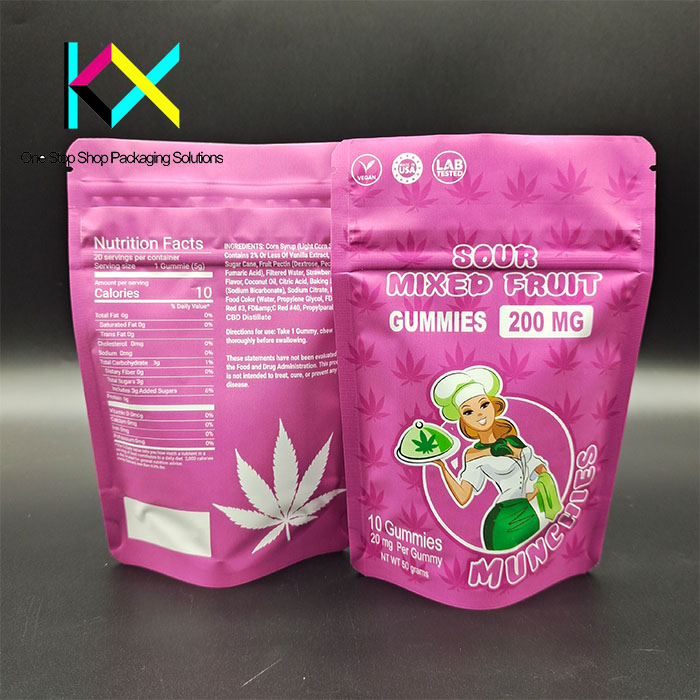
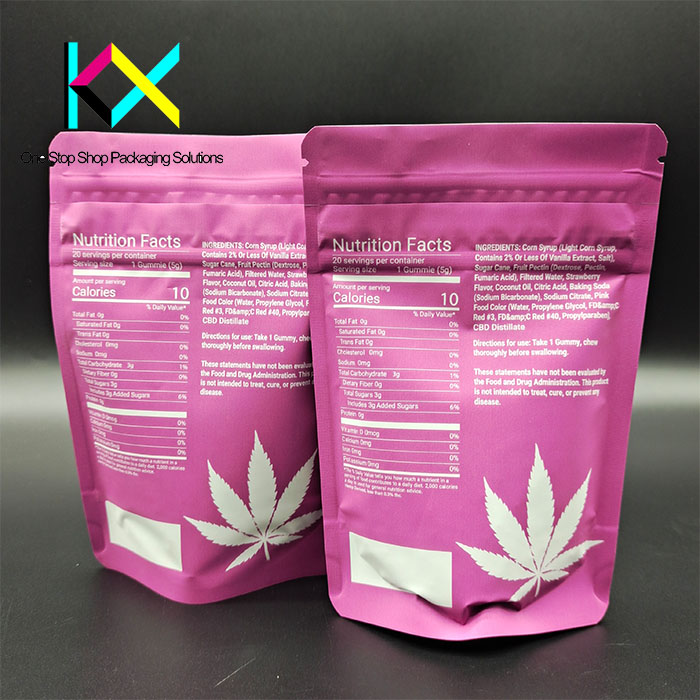
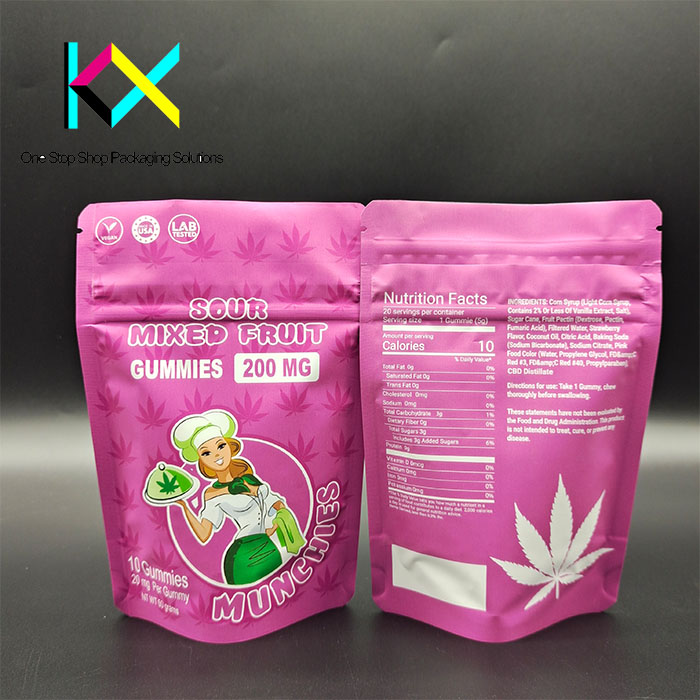
2. LDPE (Low-Density Polyethylene)
LDPE has a lower density compared to HDPE, giving it a more flexible, softer, and lighter structure. LDPE is commonly used for making plastic bags, shrink wraps, and flexible films. While it does not offer the same level of rigidity as HDPE, its flexibility makes it ideal for products that require flexibility in packaging, such as food items that need to be tightly wrapped or protected from external elements.
One of the key benefits of LDPE is its excellent processability. LDPE is easier to handle in various manufacturing processes, including extrusion and blow molding, which is why it is frequently used in the production of plastic bags. Digital printing on LDPE packaging can be a bit more challenging due to its smooth, low-surface energy, which may cause ink to bead up or smudge. However, with the right pre-treatment processes, such as corona treatment or flame treatment, the surface of LDPE can be modified to accept digital inks more effectively.
Despite these challenges, digital printing offers many advantages for LDPE packaging. The ability to print high-quality images, logos, and barcodes with great precision makes it a preferred choice for brands looking to customize their flexible packaging. Moreover, digital printing allows for the use of variable data printing, meaning brands can easily print batch numbers, expiration dates, and unique codes for each product, adding an extra layer of traceability and consumer trust.
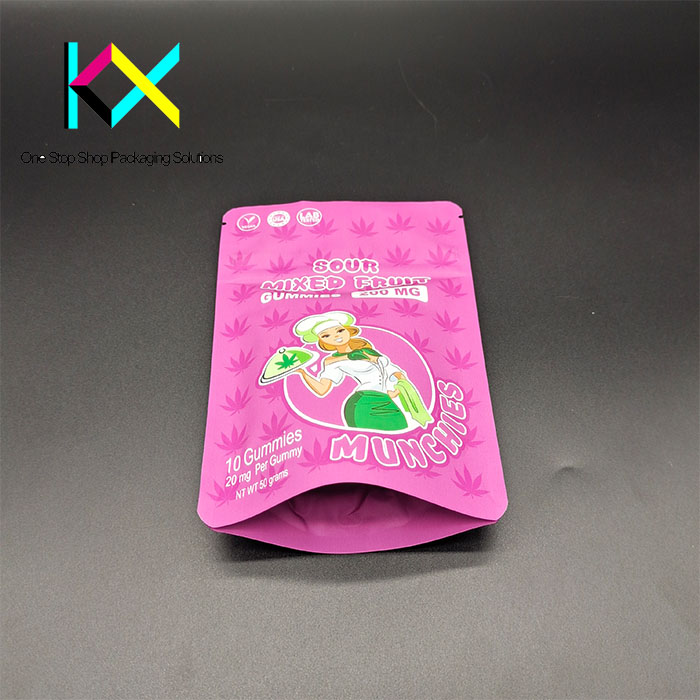
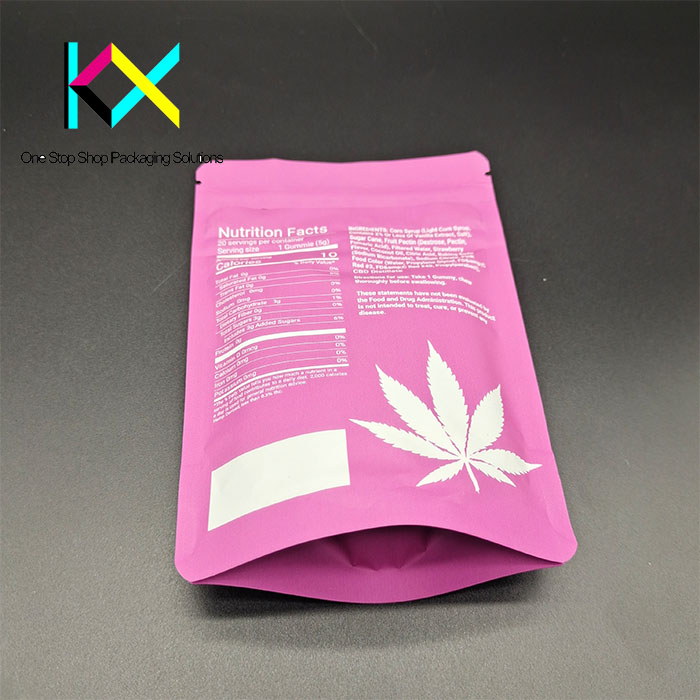
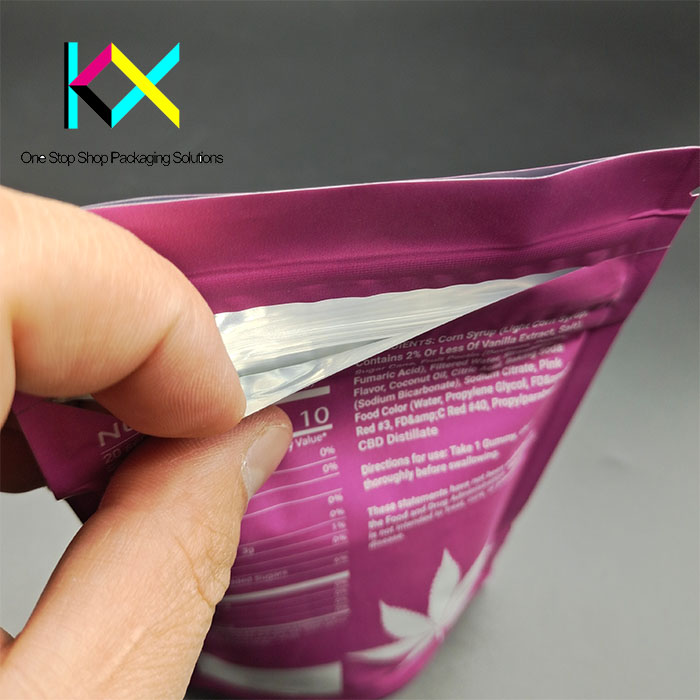
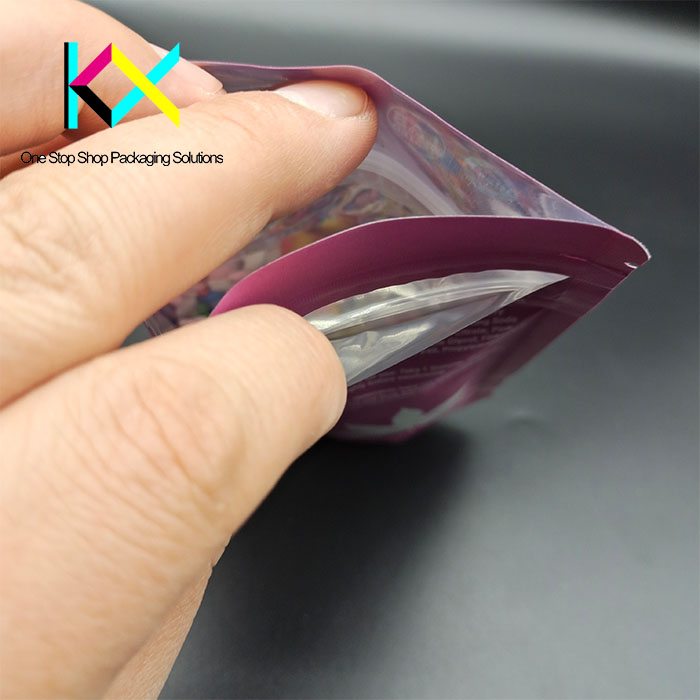
3. LLDPE (Linear Low-Density Polyethylene)
LLDPE is a type of polyethylene that combines the properties of both HDPE and LDPE. It is produced by a different polymerization process, which results in a material that is more flexible than HDPE but stronger and more durable than LDPE. LLDPE is commonly used in applications such as stretch films, liners, and flexible packaging like pouches and bags.
The key advantage of LLDPE is its enhanced strength, puncture resistance, and ability to withstand a broader range of temperatures and stress. It is more resistant to cracking than LDPE, which makes it ideal for products that require packaging with more durability and flexibility. This balance of flexibility and strength makes LLDPE widely used in applications that require both high impact resistance and stretchability.
For digital printing, LLDPE offers a better surface for ink adhesion compared to LDPE, making it a more favorable option for flexible packaging that requires high-quality prints. Digital printing on LLDPE allows for intricate, high-resolution designs that can withstand the wear and tear of transportation and handling. Moreover, LLDPE’s flexibility and ability to stretch make it ideal for shrink-sleeve labels, where printed designs need to conform to the shape of a product after the packaging has been heat-sealed.
4. Digital Printing in Polyethylene Packaging
The digital printing process is a game-changer for polyethylene packaging, offering numerous benefits for HDPE, LDPE, and LLDPE packaging. Unlike traditional printing methods, digital printing requires no printing plates or screens, which makes it a cost-effective solution for small to medium print runs. Digital printing is also ideal for complex, multi-colored designs, making it a versatile choice for brands looking to create visually compelling packaging.
When printing on polyethylene materials, digital printers utilize UV-cured inks or water-based inks, which are more compatible with the unique surface properties of polyethylene. These inks cure instantly under UV light, providing a durable, scratch-resistant finish that ensures high-quality prints even in challenging environments. In the case of LDPE, pre-treatment is often necessary to ensure that the ink adheres well to the surface.
5. Sustainability and Future Trends
As consumer demand for sustainable packaging grows, polyethylene packaging is also evolving to meet these needs. Brands are increasingly adopting recycled polyethylene (rPE) materials, and digital printing is aligning with these trends by offering eco-friendly options. Digital printing can reduce waste, as it only uses the exact amount of ink required for the print run. Furthermore, advancements in eco-friendly inks and recyclable packaging materials are supporting the industry’s move toward sustainability.
Conclusion
HDPE, LDPE, and LLDPE each offer distinct advantages and are suited for different types of packaging needs. While HDPE is ideal for rigid packaging, LDPE excels in flexible films, and LLDPE combines the best of both worlds with its enhanced strength and flexibility. Digital printing plays a crucial role in optimizing these materials for modern packaging, offering high-quality, customizable solutions for branding, traceability, and consumer engagement. As the demand for sustainable, high-performance packaging continues to rise, digital printing technology will remain at the forefront of the packaging industry, enhancing the versatility and functionality of polyethylene materials.
You can visit our website to know more about our flexible packaging pouch:
